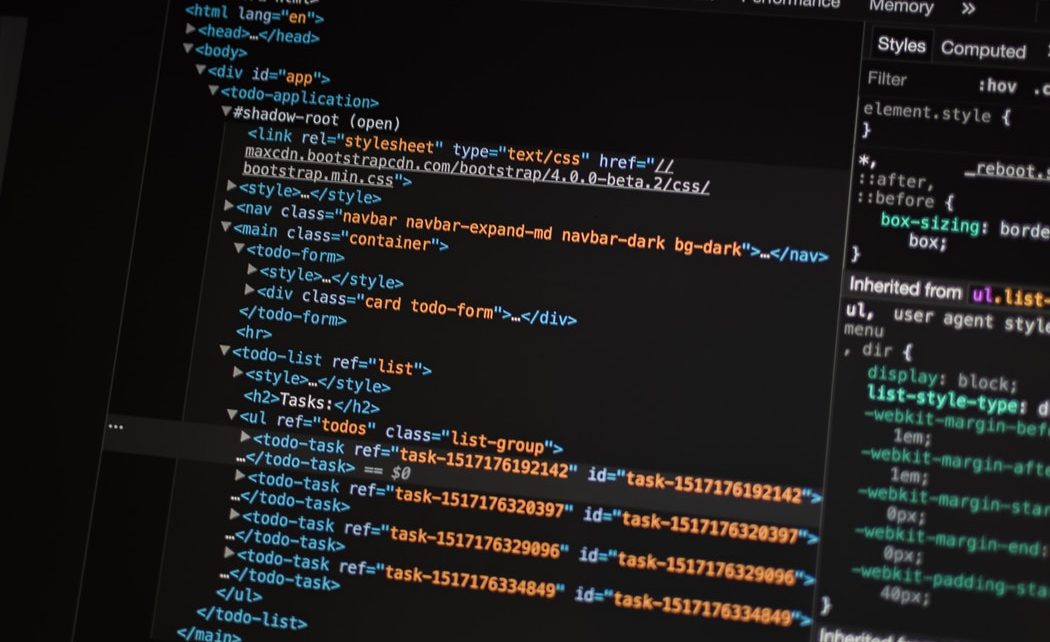References – VSM
Author: Ali Imran
Top Three JavaScript Frameworks in 2020
JavaScript frameworks have become indispensable in modern web development due to their versatility and efficiency. With JavaScript’s ability to integrate seamlessly with any platform, it has emerged as the common language for building web applications. Understanding the top JS frameworks is essential for developers. This article delves into three popular options:
1. NodeJS: Designed for scalable network applications, Node utilizes asynchronous event-driven architecture to handle multiple connections concurrently.
2. Vue: A progressive framework for building single-page user interfaces, Vue offers simplicity, flexibility, and integration capabilities, making it a lightweight alternative to Angular.js.
3. Angular: A powerful open-source framework, Angular provides comprehensive options, including routing, HTTP requests handling, and two-way data binding. With a smoother learning curve and regular updates, Angular continues to evolve with improved performance and features like Build Optimizer and Router Hooks.
New in Bootstrap 4
Bootstrap 4 introduces significant changes and new features, making it a preferred choice for front-end development. Utilizing Sass over Less enhances compilation speed and developer efficiency. The inclusion of Libsass streamlines compilation processes. Notable additions include the versatile card component, replacing older components like panels and thumbnails, and revamped button styles with flat designs and outline options. Typography adjustments, adopting 16px as the default font size, and utilizing rems for scalability, enhance readability and dynamic display. The introduction of display headings offers developers more options for standout typography. Additionally, Bootstrap 4 embraces Flexbox, simplifying layout customization and responsiveness.
New in PHP 7
PHP 7 brings a plethora of features enhancing development efficiency. Scalar type-hints expand type-hinting to include integers, floats, booleans, and strings, enhancing input consistency. Anonymous classes offer simplicity for one-off objects, while Closure::call() simplifies callback execution. Generator delegation enables addressing generators from other functions, and generator return expressions allow for return values in generators. The null coalesce operator streamlines value checks, and the space ship operator facilitates value comparisons. Notably, PHP 7 adopts Throwable interface for errors, improving error handling. Additionally, improvements like level support for dirname() and intdiv() function add to the language’s usability. Overall, PHP 7 boasts impressive performance enhancements, outperforming even HHVM.
Comparison Between PHP and Python
When it comes to web development, the choice between PHP and Python can significantly influence project outcomes. PHP, tailored for web tasks, offers simplicity and MySQL integration for efficient site creation. Meanwhile, Python’s versatility extends to fields like machine learning and AI, boasting clean syntax and extensive libraries. PHP suits basic to moderately advanced websites, while Python excels in diverse applications, emphasizing readability and security. Consider your project’s complexity and your familiarity with each language to make the right choice for your web development endeavors.






